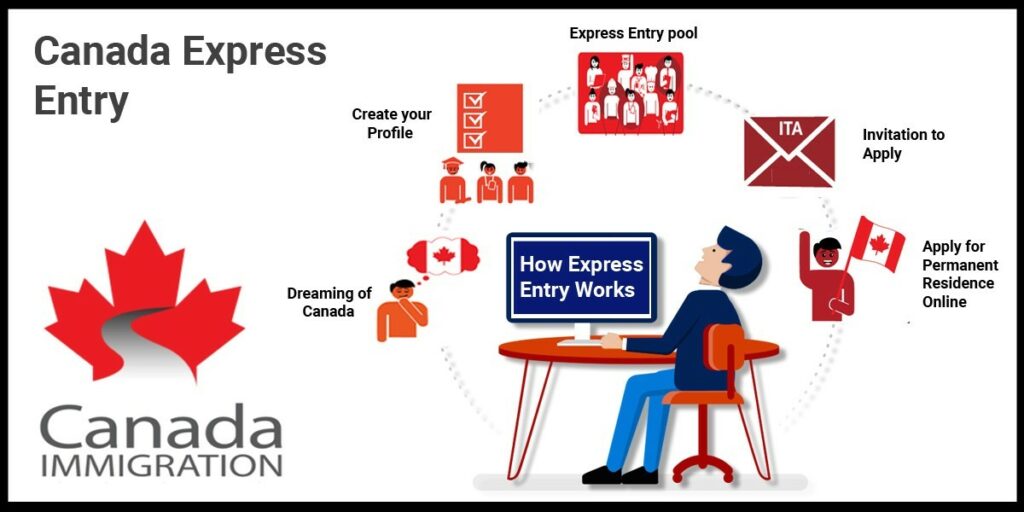- Home
- About Us
- Services
- All Services
- Provincial Programs
- French Provincial Nominee (PNP Programs)
- Saskatchewan Immigrant Nominee Program (SINP)
- Manitoba Provincial Nominee Program (MPNP)
- Nova Scotia Nominee Program (NSNP)
- New Brunswick Provincial Nominee Program (NBPNP)
- Alberta Advantage Immigration Program (AAIP)
- Ontario Immigrant Nominee Program (OINP)
- Other Provinces
- Study Permit
- Work Permit
- Visitor Visa
- Super Visa
- Family Sponsorship
- PNP / Skilled Worker
- Business Immigration
- Express Entry
- Citizenship
- Experience Class
- Francophone
- FAQs
- Contact Us
For Consultation
+1 (647) 776-5202
admin
September 18, 2024

Strengthening Temporary Residence Programs for Sustainable Volumes
Canada is known for its worldwide immigration policy as it invites immigrants from around the world who play significant roles in strengthening its economy. In recent times a labor shortage had been seen and the Canadian government has taken certain remedial measures to increase the influx of labor. After these changes, the economy revived but posed new challenges to align the immigration policy to new economic realities and labor demand.
At the beginning of this year, the total number of temporary residents reduced by 6.5% of the total population of Canada, which is expected to dip to 5% by 2026. The Government has observed the misuse of labor market impact assessments and held employers are taking advantage wrongly, therefore to maintain the adequate number of temporary residents, the Government is stiffening the rules for international students and temporary workers.
To maintain the balance of temporary residents, Minister of Immigration, Refugees, and Citizenship, Honourable Marc Miller has announced more steps which are as under.
- There is a reduction in student permits by 10% in 2025 in contrast to 2024, which now stands at 437,000 study permits only. Student permits will be issued up to that number only in 2026 to maintain the 2025 number of student permits.
- To align immigration goals and labor market needs there is a change in the Post-Graduate Work Permit Program.
- Only spouses of those students, whose course duration is 16 months or more, are allowed work permits.
- Spouses of foreign workers in management or professional occupations or in sectors with labor shortages—under Canada’s work permit programs (TFWP and IMP), are allowed work permits.
- A partial visa is granted to a Mexican national.
- Improvements in the processing of claims while keeping intact the integrity.
- Taking measures to detect fraud reduces the number of ineligible persons.
- Working on further steps to strengthen this system.
Steps taken to date will strengthen the immigration system and maintain the balance between economic conditions and labor requirements in Canada. The Government has taken into confidence people from all walks of life, be it provincial, territorial , municipal partner, or community leader.
The statement of Honourable Marc Miller, Minister of Immigration, Refugees and Citizenship, is as under
“The Temporary Foreign Worker Program was designed to address labor market shortages when qualified Canadians were not able to fill those roles. Right now, we know that there are more Canadians qualified to fill open positions. The changes we are making today will prioritize Canadian workers and ensure Canadians can trust the program is meeting the needs of our economy.”
– The Honourable Randy Boissonnault, Minister of Employment, Workforce Development and Official Languages
“The Temporary Foreign Worker Program was designed to address labour market shortages when qualified Canadians were not able to fill those roles. Right now, we know that there are more Canadians qualified to fill open positions. The changes we are making today will prioritize Canadian workers and ensures Canadians can trust the program is meeting the needs of our economy.”
Facts to revisit
- There is a reduction in the temporary residence from 6.5% of canada’s total population to 5% in 2025-2027.
- Graduates, whose field of study is associated to occupations in long-term shortage, will remain eligible for Post Graduation Work Permit (PGWP).
- Under PGWP program, all candidates posses the minimum language proficiency in English or French. A Canadian Language Benchmark(CLB) level 7 is required for university graduates and level 5 for college graduates.
- In 2025-2026, master’s or doctors’s students are included in the study permit intake cap, and they have to submit provincial or territorial attestation letters. The government will reserve 12% spaces for the students who provide benefits to the Canadian labor market.
- To match the realistic cost of living in Canada, the cost of living requirement of students has been updated on 1 January 2024. This will protect students against exploitation.
- For the sake of stability and integrity of Canada’s asylum system, $743.5 has been allocated for 5 years starting from 2024.
